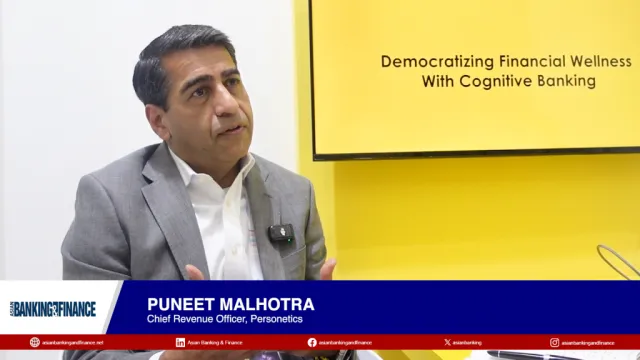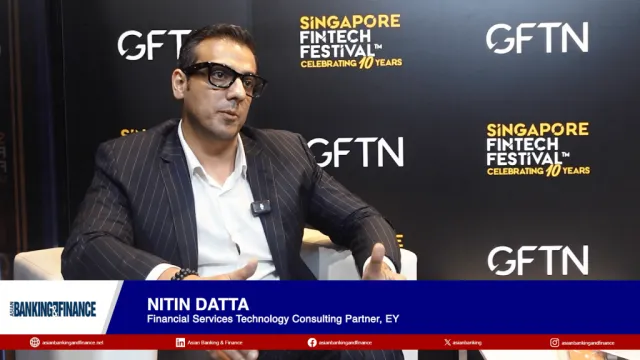Fighting Back: How the Philippines is Addressing the Surge in Fraud
By Audrey Dy PenarandaInstitutions must adopt innovative solutions and foster global collaboration in fraud management practices.
Fraudulent activity has surged across the globe over the past decade, and the Philippines has been no exception. With rapid digitalisation, a growing economy and increased adoption of online banking services, the country has become both an economic success story but also a target for malicious actors.
Cases of identity fraud in the Philippines increased by 121% in 2024, prompting alarm across financial institutions, fintech companies and regulatory bodies. While strides have been made to curb this growing menace, including the recent introduction of the Anti-Financial Account Scamming Act (AFASA) and Circular 1140 by the Bangko Sentral ng Pilipinas (BSP), the challenge is far from resolved.
To effectively combat this evolving threat, institutions must adopt innovative solutions and foster global collaboration in fraud management practices. But first, it's important to understand how fraud has become such a complex and challenging problem in the Philippines.
Uncovering the Roots of Rising Fraud
The Philippines’ digital transformation, while fostering economic growth and financial inclusion, has also revealed significant vulnerabilities in its financial ecosystem. The rapid adoption of digital payments, driven by fintech apps, mobile banking, and online retail, has created opportunities for cybercriminals to exploit weak security systems. Many financial institutions and businesses have struggled to keep pace with the dual demands of innovation and robust cybersecurity, leaving gaps that fraudsters readily target. Compounding the issue is the limited public awareness of online security practices, making individuals more susceptible to phishing scams, social engineering, and identity theft.
Adding to the challenge is the growing sophistication of fraud tactics, including the use of artificial intelligence and automation to bypass detection systems. Fraud has become industrialized, with “fraud-as-a-service” platforms offering ready-made tools and stolen identities to aspiring cybercriminals. The Philippines has also emerged as a hub for online scammers, home to around 15,000 individuals operating schemes that target victims globally. These issues are exacerbated by weak enforcement mechanisms and the complexities of prosecuting cross-border cybercrimes.
Combined with the rapid shift to digital platforms during the pandemic, which exposed untested systems to new threats, these factors have contributed to the alarming rise in fraudulent activity. Addressing this growing menace requires a concerted effort across financial institutions, regulators, and consumers to strengthen cybersecurity and promote awareness.
BSP Circular 1140: A Step in the Right Direction
The BSP’s Circular 1140, part of a broader effort to strengthen financial security, has brought stricter fraud management requirements for institutions operating in the Philippines. This directive mandates stronger customer verification processes, improved monitoring systems and real-time fraud detection measures. Furthermore, the circular aligns with the country’s commitment to international best practices, ensuring financial institutions remain resilient against emerging threats.
While this initiative is a positive step forward, fraud continues to surge as scammers rapidly adapt, leveraging advanced technologies to exploit vulnerabilities in financial systems. This highlights the critical need for financial institutions to move beyond mere compliance, embracing proactive and comprehensive strategies to stay ahead of increasingly sophisticated fraudsters.
Strategies to Improve Fraud Management
One of the most effective ways to combat the rise in fraud is for financial institutions to collaborate with global fintech companies. These partnerships provide access to advanced technologies and specialized expertise in enterprise fraud management, empowering local institutions to strengthen the protection of their customers and assets. Notable solutions in this space include:
1. Tokenisation of payments
Payment tokenisation transforms sensitive card details into a unique and randomised sequence known as a token. The characters used have no relationship to the original data so it can’t be decrypted by a fraudster and even if it is stolen it has no inherent value. During a transaction, the token is transmitted through the payment network in place of exploitable card information, effectively eliminating the risk of fraud associated with exposed payment details.
2. The emergence of AI-driven solutions
Next generation fraud management solutions leverage the power of artificial intelligence to analyse complex behavioural patterns in fraud schemes. These solutions process vast amounts of data from multiple sources, including international and regional vendor databases, customer transaction records and inventory logs, to uncover subtle and hidden relationships that might otherwise go undetected.
3. Biometric and Multi-Factor Authentication
Biometric verification, including facial recognition and fingerprint scanning, is becoming increasingly prevalent in fraud prevention. These technologies offer a higher level of security than traditional passwords, which are often susceptible to theft or misuse. When combined with multi-factor authentication (MFA), they create an additional layer of defense, making it much harder for fraudsters to access accounts or authorise fraudulent transactions.
4. Advanced identity verification
Building robust identity verification systems is essential to reducing identity fraud. Advanced solutions incorporate a combination of AI, biometrics and document verification to authenticate users quickly and securely. These systems not only enhance security but also improve the customer experience by streamlining the onboarding process and reducing friction.
A Future of Resilience and Innovation
The fight against fraud in the Philippines is a continuous battle, one that requires both vigilance and innovation. Institutions must adopt a multi-pronged approach by integrating advanced technologies and collaborating with global partners to stay ahead of fraudsters. While the BSP’s Circular 1140 provides a solid foundation, financial institutions and fintechs have an opportunity to lead the charge by embracing next-generation fraud management solutions.
Utilising tokenisation and AI-driven fraud management platforms from proven technological partners, the financial sector can build a more resilient ecosystem. These efforts, combined with a strong regulatory framework and public-private partnerships, will enable the Philippines to tackle the challenges of fraud head-on, fostering more trust and security in its burgeoning digital economy.




















 Advertise
Advertise







